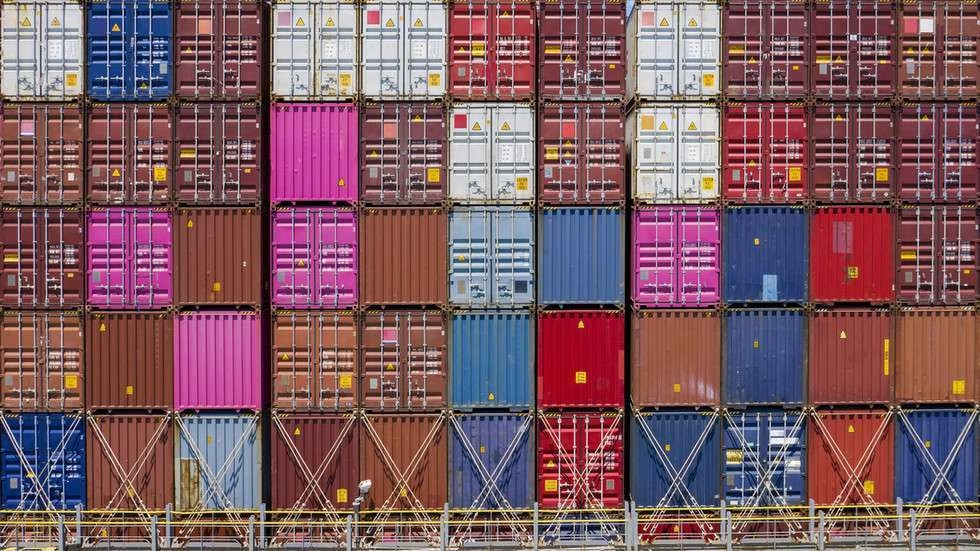In a significant breakthrough, the United States and China have agreed to scrap or suspend most of the new trade duties imposed since early April, pending further talks. This development comes after two days of negotiations in Geneva, which concluded with a joint statement on Monday. The agreement marks a pivotal moment in the trade tensions between the two nations, which had escalated sharply in recent weeks.
At the heart of the agreement is the decision by both countries to halt the imposition of additional duties announced last month. The US has agreed to pause the initial 34% new duties introduced by President Trump on April 2 for 90 days, while China will do the same with its own 34% tariffs rolled out in response. Furthermore, all tariff hikes imposed since April 8 will be rolled back, although a baseline 10% tariff on mutual imports will remain in place. This means that US overall tariffs on Chinese goods will stand at 30%, considering the 20% duty introduced in March, and Chinese tariffs will stand at 10%.
Beijing has also committed to easing non-tariff measures, such as export controls on US goods. These new policies are set to take effect from May 14, with the two countries establishing a consultation mechanism to work out further trade policy steps. The joint statement underscored the recognition by both Beijing and Washington of the importance of their bilateral economic and trade relationship, not just to their respective countries but also to the global economy. This understanding has led them to move forward in the spirit of mutual opening, continued communication, cooperation, and mutual respect.
The tensions between Washington and Beijing had heightened on April 2 when President Trump imposed sweeping new tariffs on over 90 countries, including China, citing trade imbalances. China responded with its own tariff hikes on US goods, leading to a standoff that saw final US duties climb to 145% and Chinese tariffs to 125%. This dispute had a profound impact on global markets, causing volatility across equities and commodities.
However, following the talks in Geneva, there is a sense of optimism. US Treasury Secretary Scott Bessent described the talks as “productive,” while Trade Representative Jamieson Greer noted that the agreement was reached quickly, suggesting that the differences between the two sides may not have been as significant as initially thought. China’s chief negotiator, Vice Commerce Minister Li Chenggang, characterized the discussions as “honest, in-depth, and constructive,” grounded in mutual respect, equality, and mutual benefit. President Trump, commenting on the talks via Truth Social, termed them “very good” and signaled a “total reset” in US-China relations.
The news of the agreement had an immediate positive impact on the stock market. US stock futures rose, with the Dow futures up 1.1%, S&P 500 futures up 1.5%, and the Nasdaq Composite gaining 2.1%. Similarly, Chinese stocks rallied, with the CSI 300, Shanghai Composite, and Hong Kong’s Hang Seng Index all showing gains.
This development is a crucial step towards de-escalating trade tensions between the US and China, which have been a significant concern for the global economy. As both countries move forward with the agreement, the international community will be watching closely, hoping that this marks the beginning of a more cooperative and stable trade relationship between two of the world’s largest economies.
